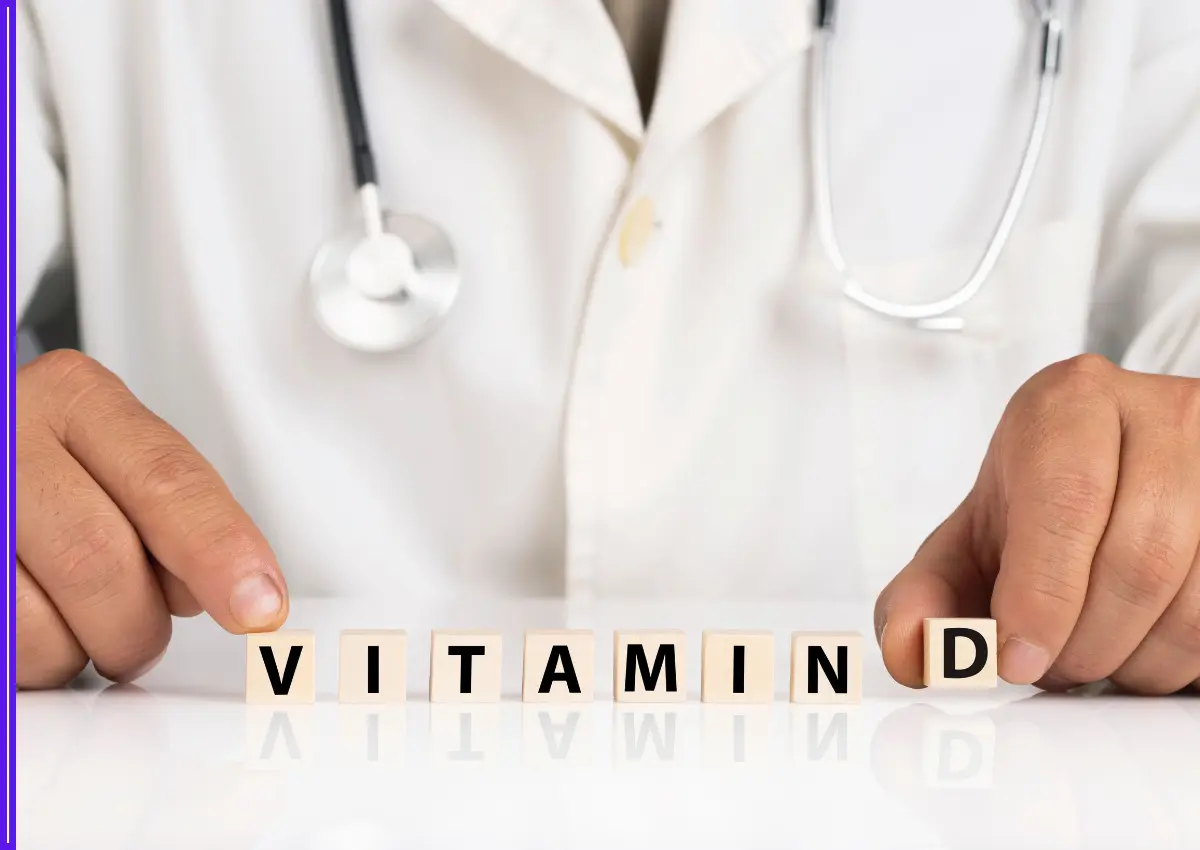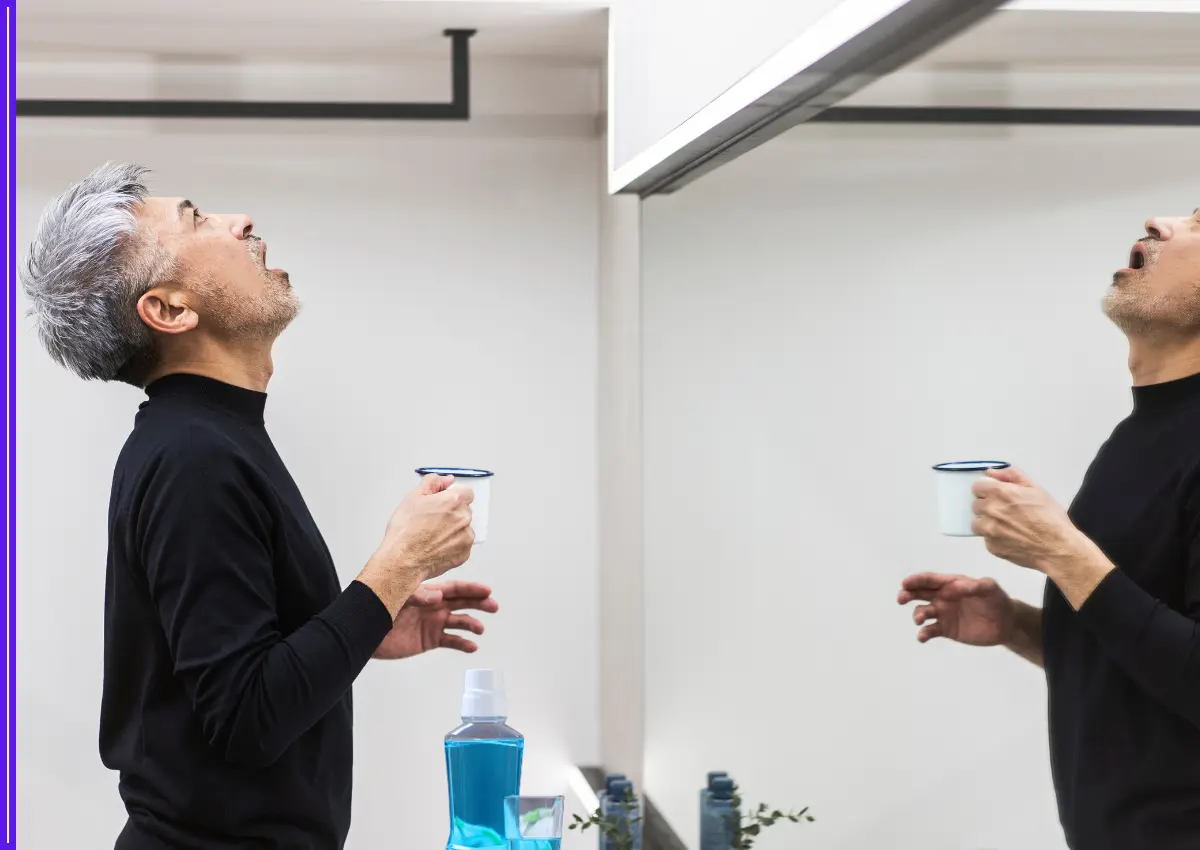In a scientific breakthrough that could reshape the future of reproductive medicine, eight healthy babies have been born in the United Kingdom through an experimental IVF technique involving the DNA of three individuals. The procedure, known as mitochondrial donation treatment (MDT), was specifically designed to prevent the transmission of mitochondrial diseases—serious and often fatal genetic conditions passed down from mother to child.
According to official data released by the UK’s Human Fertilisation and Embryology Authority (HFEA), these births mark the first successful outcomes of a technique that has been closely monitored and tightly regulated since it was legalized in the country in 2015. The babies were born between 2018 and 2023 through treatments conducted at Newcastle Fertility Centre, a pioneer in this advanced method of IVF.
Mitochondrial diseases affect around one in every 5,000 births globally. These disorders result from defects in the mitochondria—the tiny structures in cells that produce energy. A child inherits all their mitochondria from their mother, and if those mitochondria carry mutations, the child could face severe health issues, including muscle weakness, organ failure, neurological degeneration, and even death in early childhood.
To address this, scientists developed MDT, which allows doctors to replace the faulty mitochondria from a mother’s egg with healthy mitochondria from a donor egg. The result is an embryo that contains nuclear DNA (99.8%) from the intended parents, and a very small amount of mitochondrial DNA (0.1% to 0.2%) from a third woman.
The process used in these UK births is called “pronuclear transfer.” It involves fertilizing both the mother’s egg and the donor egg with sperm, then transferring the parents’ nuclear DNA into the donor’s egg that contains healthy mitochondria but has had its nucleus removed. The embryo is then implanted into the mother’s womb.
So far, the technique has been used for 32 patients in the UK, with at least 8 resulting in healthy live births. Out of these eight babies, five had no detectable mutated mitochondria at all, while three had low levels of carryover mutations (between 5% and 15%), well below the threshold considered harmful.
Dr. Dagan Wells, a geneticist at the University of Oxford, emphasized that while these results are encouraging, caution is necessary: “Although this appears to be a major success, we need long-term follow-up of these children to understand whether this small amount of carryover could have any health implications later in life.”
While some experts celebrated the milestone as a triumph of science and ethics, others have expressed concern about the broader implications. Critics worry that even minimal alterations to the human germline could set a precedent for future “designer babies,” despite the current focus on life-saving genetic intervention.
Nevertheless, UK law strictly regulates mitochondrial donation and currently allows it only for families at serious risk of passing on mitochondrial disease. Each case must be reviewed and approved by the HFEA, and the identity of mitochondrial donors remains anonymous—similar to egg or sperm donation rules.
The UK remains the only country so far to have fully legalized and implemented MDT under a regulatory framework. Other countries like Australia and the US have considered similar legislation but remain cautious. Australia passed a bill known as “Maeve’s Law” in 2022 to permit mitochondrial donation under strict conditions, but no births have been reported yet.
The technique’s development was led by the Newcastle Fertility Centre, in collaboration with researchers from the Wellcome Centre for Mitochondrial Research. Their goal was to offer a reproductive option to women who otherwise had no safe way to have a genetically related child free from devastating mitochondrial illness.
For the families who have benefitted, the impact is deeply personal. One mother, whose child was born free from the mitochondrial mutation she carries, told local media: “This technology gave us a miracle. It gave us a chance we never thought we would have.”
As for the next steps, all children born through this method in the UK will undergo long-term medical monitoring to ensure they remain healthy and to track any potential complications that may arise as they grow.
While many uncertainties remain, experts agree on one thing: this moment is historic. It is the first time in human history that we have used a third person’s DNA not for enhancement, but for protection—offering a lifeline to families for whom hope was once out of reach.
If these results hold over time, mitochondrial donation could soon become a widely accepted medical tool, not only in the UK but across the world.









